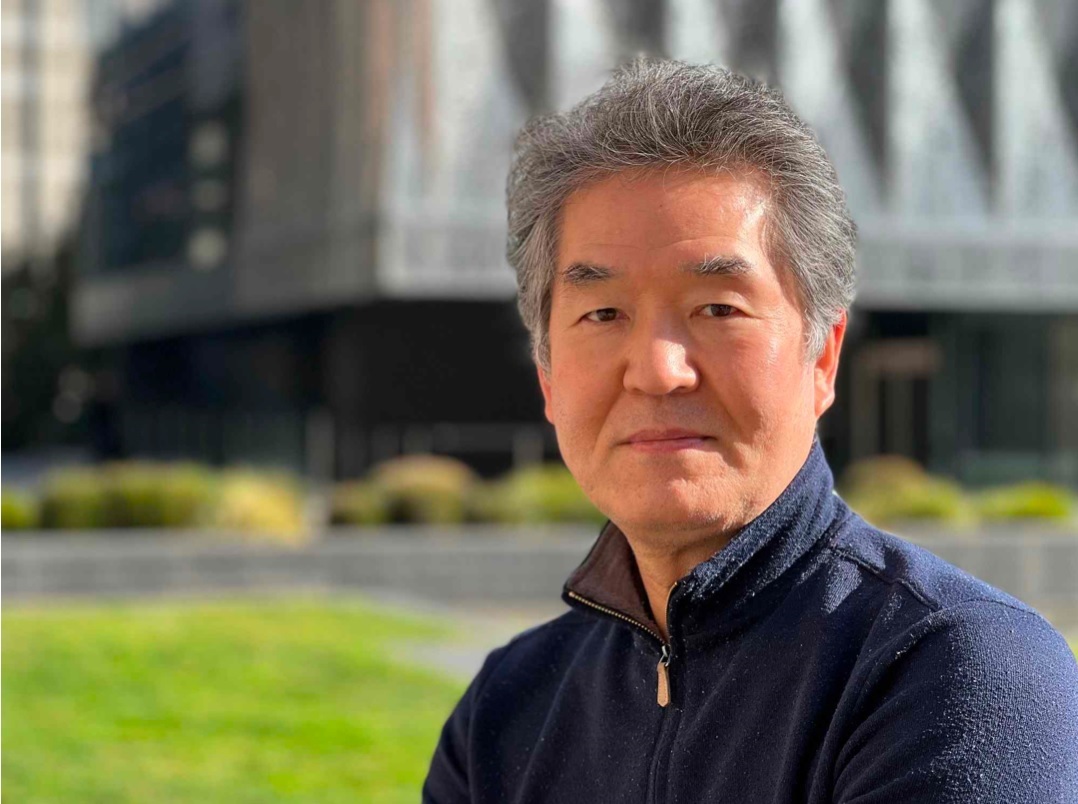2022.04.18
AVS Quantum Science paper lays the foundation for the realization of future quantum information and communication technology
GIST (Gwangju Institute of Science and Technology, President Kiseon Kim) School of Electrical Engineering and Computer Science Professor Byoung S. Ham (Director of the Center for Photon Information Processing), a scholar in the field of quantum memory, presented a new interpretation of the origin of non-local quantum correlation in quantum entanglement pair, one of the core principles of quantum mechanics, in a paper published in an international journal.
Non-local quantum correlation is a key principle in quantum mechanics that quantum correlation is maintained even at non-relativistic distances that violate local physical laws and often called the EPR paradox.
Quantum entangled pair is a pair entangled with two or more qubits (photons, atoms, superconductors, ions, etc.) as a key resource in quantum mechanics such as quantum computing, quantum cryptography, and quantum sensing.
Non-local quantum correlation has been fully demonstrated experimentally over the past half century. The limitation of existing quantum field was that the principle of generating a single photon pair itself was veiled, so the quantum correlation based on it could not be fully understood.
Professor Ham laid the academic foundation about quantum entanglement in the field of quantum mechanics that is difficult to understand intuitively because phase information cannot be confirmed with existing complementary particle nature* but with wave analysis with phase information, entangled photon pairs** can be easily understood as well as materially implemented.
The quantum mystery, which was veiled in understanding entanglement pairs, which are key principles in existing quantum information research, is now necessary to understand it conclusively as in classical information.
According to the current quantum-mechanical interpretation of quantum entanglement pairs, it is not possible to definitively create an entangled qubit* pair at a desired time, and there have been serious limitations in the scalability of the qubit, which is a material unit of information in quantum information. In other words, to process information with just one execution, as in classical information, it is necessary to change the primitive and probabilistic quantum information base to a deterministic one.
In addition, existing theories based on complementary particulate nature have shown that inter-qubit phase control is virtually impossible, so it has been helpless against the inevitable accelerated loss of coherence* among multiple qubits.
Unlike the mainstream analysis of the existing quantum science world, Professor Ham interprets the quantum base pair in a wave-like manner and identifies the principle that can be used to definitively implement quantum entanglement using a general laser. As a concrete implementation method, 'Franson-type nonlocal quantum correlation' based on classical coherence was presented, thus laying the new foundation for the macro-quantum worldview.

School of Electrical Engineering and Computer Science Professor Byoung S. Ham (Director of the Center for Photon Information Processing)
Professor Byoung S. Ham said, "Based on the wave interpretation of light, our understanding of the generation of single photon pairs was clarified, and the origin of the non-local quantum correlation of entangled photon pairs was revealed. The results of this study will clarify the understanding of non-local quantum correlation and ultimately lay the foundation for future quantum information and communication technologies compatible with current optical devices and optical communication technologies."
This study was conducted with the support of the ITRC Quantum Internet project of the Ministry of Science and ICT and was published in the AVS Quantum Science online edition (April 1, 2022).














